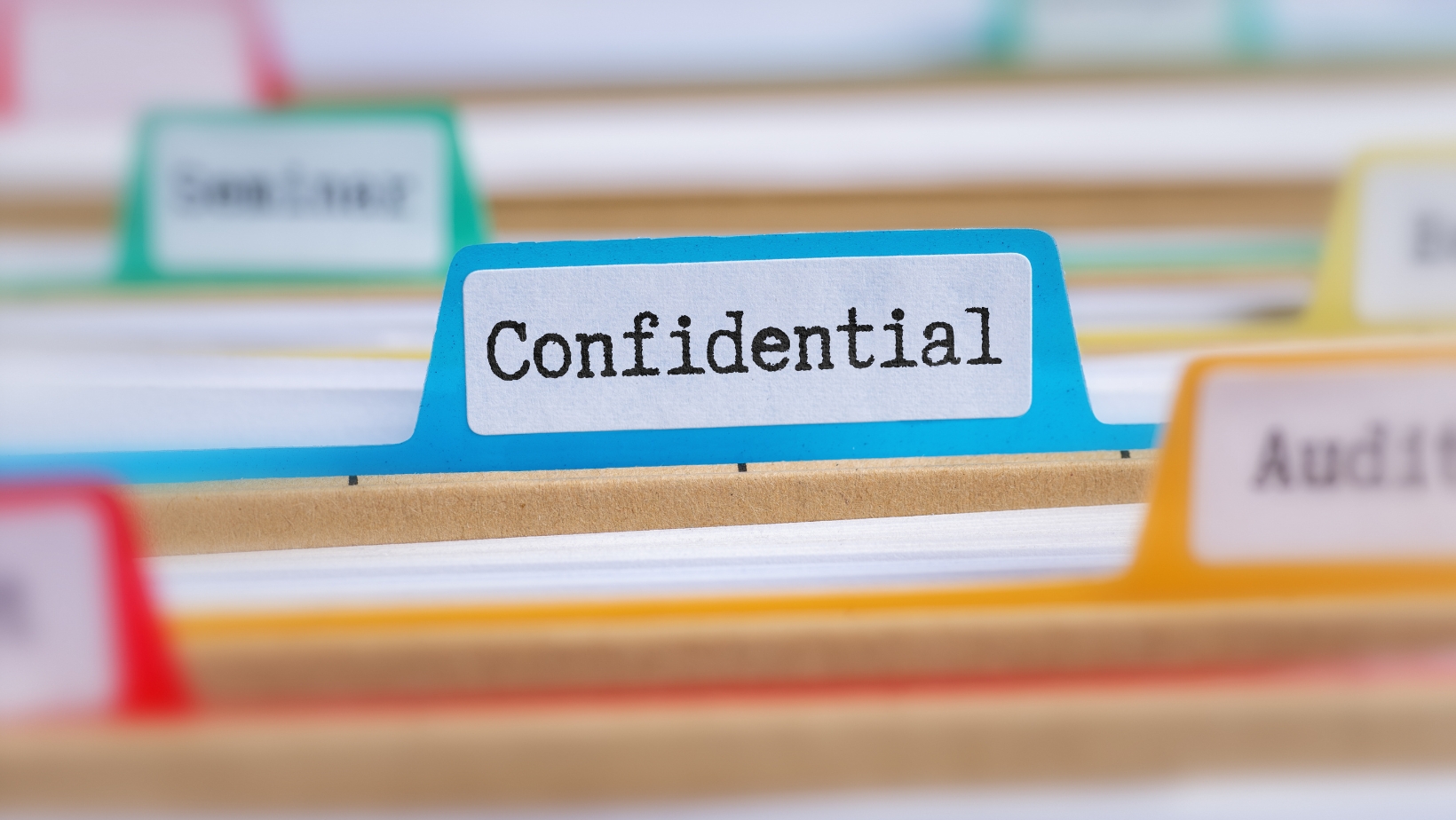As an expert in data security, I have spent years studying and implementing the best practices for handling and storing classified data. In today’s digital age, where information is constantly at risk of being compromised, it is crucial to have a solid foundation for protecting sensitive information. In this article, I will share my insights on the basis for handling and storage of classified data, providing you with the knowledge and tools to ensure the utmost security for your organization’s valuable data.
Understanding Classified Data
What is Classified Data?
Classified data refers to information that has been designated as sensitive and requires protection from unauthorized access or disclosure. This data is typically classified based on its level of sensitivity and the potential impact if it were to be compromised. The basis for the handling and storage of classified data lies in the need to safeguard national security, business secrets, personal information, and other critical assets.
Classified data can encompass a wide range of information, including:
- Government Secrets: Classified data often includes government secrets, such as classified documents, intelligence reports, and military plans. These types of data require strict protection to prevent unauthorized access and potential harm to national security.
- Trade Secrets: Businesses have proprietary information that is considered classified, such as patents, formulas, and customer data. Safeguarding this data is crucial to maintaining a competitive advantage and protecting the company’s intellectual property.
- Personal Information: Classified data can also include personal information, such as social security numbers, medical records, and financial data. Proper handling and storage of this information is necessary to prevent identity theft and maintain individuals’ privacy.
To avoid these issues and legal ones, the classified information that’s on paper should be properly shredded and disposed of in a secure manner. In the Bay Area, there are reputable companies that offer shredding services in San Francisco and other surrounding areas.
Types of Classified Data
Classified data can be categorized into different levels or classifications, each indicating the level of sensitivity and the corresponding security measures required. Some common types of classified data include:
- Top Secret: Top Secret is the highest level of classification, reserved for information that, if disclosed, could cause exceptionally grave damage to national security. Access to Top Secret data is restricted to only those with a need-to-know and requires stringent security measures.
- Secret: Secret classification is used for information that, if revealed, could cause serious damage to national security. Access to Secret data is also limited to those with a legitimate need-to-know and appropriate security clearance.
- Confidential: Confidential classification is for information that, if disclosed, could cause damage to national security. While the impact might be less severe than Secret or Top Secret, access to Confidential data is still controlled and restricted to authorized personnel.
- Sensitive but Unclassified: Some information may not fall under the classified categories but still requires protection. This includes information related to law enforcement, personal privacy, and proprietary business information. While not classified, these types of data still need to be handled and stored securely.

What is The Basis for The Handling and Storage of Classified Data?
Security Clearances and Need-to-Know Principle
When it comes to the handling and storage of classified data, security clearances and the need-to-know principle are essential. Security clearances ensure that individuals have undergone thorough background checks and are deemed trustworthy to access sensitive information. The need-to-know principle restricts access to classified data only to those individuals who require it to perform their duties. These guidelines help prevent unauthorized access and minimize the risk of data breaches.
Handling Procedures and Proper Markings
Proper handling procedures and markings are crucial for maintaining the confidentiality and integrity of classified data. Clear guidelines should be established to ensure that classified information is handled with care and stored securely. This includes implementing measures such as:
- Physical Security: Secure storage facilities, access controls, and surveillance systems should be in place to protect physical copies of classified data.
- Access Controls: Limiting access to classified information based on security clearances and the need-to-know principle helps prevent unauthorized disclosure.
- Proper Markings: Classified data should be clearly marked with appropriate classification levels, such as Top Secret, Secret, Confidential, or Sensitive but Unclassified. This ensures that individuals are aware of the sensitivity of the information and handle it accordingly.
By following these handling procedures and ensuring proper markings, organizations can maintain the confidentiality and prevent compromise of classified data.
Encrypting and Disposing of Classified Data
Encryption plays a crucial role in securing classified data, both during storage and transmission. Encrypting the data ensures that even if it falls into the wrong hands, it remains unreadable and protected. Organizations should implement strong encryption protocols and algorithms to safeguard classified information.
Additionally, proper disposal of classified data is equally important. When classified documents or electronic media reach the end of their lifecycle, they must be disposed of securely to prevent unauthorized access. Shredding physical documents and securely wiping electronic media ensure that classified data cannot be retrieved or reconstructed.


